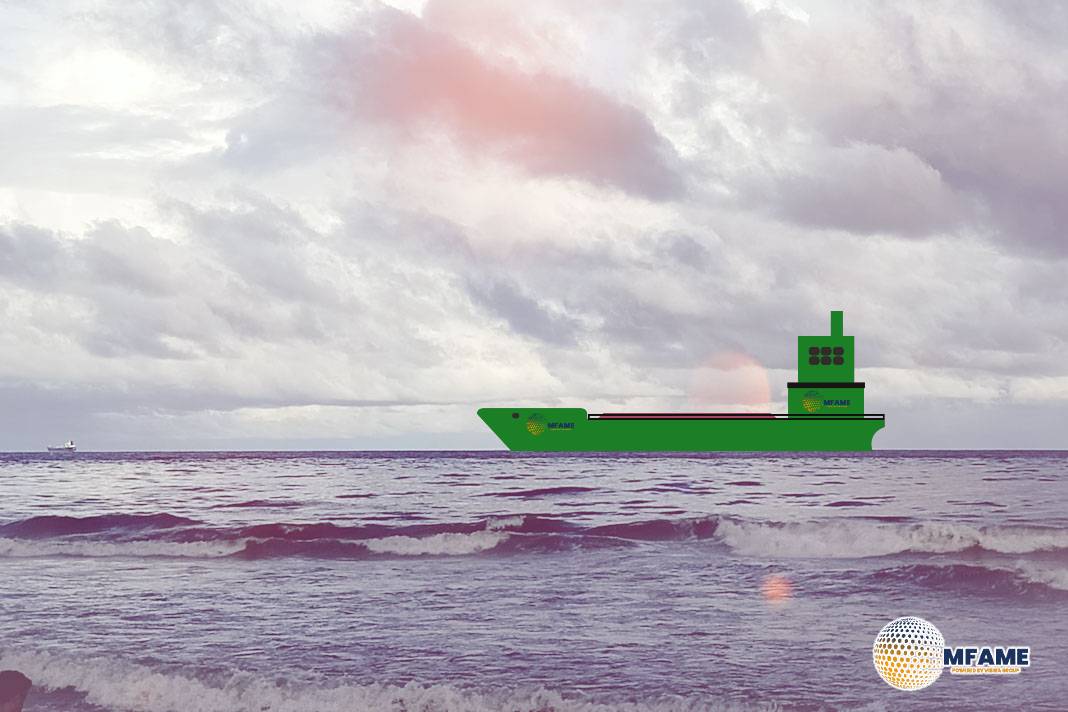- JERA halts work at power plants outside tsunami warning zone.
- First wave of 3-meter-high tsunami warned.
- No impact on Sakhalin 2 LNG operations, shipments.
All ships berthed at JERA’s LNG terminal along the Pacific Coast had departed following the tsunami warning earlier on July 30, a spokesperson for the largest Japanese power generation company told Platts, part of S&P Global Commodity Insights.
“Vessels have also departed from the berth,” the spokesperson said. “A first emergency response has been declared and is currently in progress.”
“Measures such as work stoppages are also being implemented at power plants not subject to the tsunami warning,” the spokesperson said, adding that the company is monitoring the impact on its LNG procurement from the Sakhalin 2 project in Russia’s Far East.
JERA Reports Full Ship Evacuation at LNG Terminals
The Japanese government has confirmed there is no impact on the Sakhalin 2 operations and shipments, a government source told Platts.
“As of now, it has been confirmed that there are no issues affecting the operations and shipments of Sakhalin 2,” the source said.
The comments came as Japan issued a tsunami warning along the Pacific coast on July 30, as a magnitude 8.7 earthquake rocked near the Kamchatka Peninsula at around 8:25 am local time (2325 GMT), the Japan Meteorological Agency (JMA) said.
The JMA upgraded the advisory to a tsunami warning at 9:40 am local time after revising the initial magnitude 8 earthquake upward earlier in the day.
The tsunami warning covers eastern Hokkaido to Wakayama prefecture in western Japan along the Pacific Coast, according to the JMA. The first wave of a 3-meter-high tsunami arrived in Hokkaido at around 10 am local time, followed by Aomori, Iwate and Miyagi prefectures at around 10:30 am, according to public broadcaster NHK.
The tsunami has reached heights of 50 cm at Ishinomaki Port in Miyagi prefecture; 40 cm at Tokachi Port and Tomakomai in Hokkaido and Hachinote Port in Aomori prefecture; and 30 cm in other ports in Hokkaido and northeastern Japan, according to the NHK.
The impact on LNG shipments from the Sakhalin 2 LNG project was not immediately clear.
Currently, the Sakhalin Energy-chartered Grand Aniva is anchored at the Sakhalin 2 LNG export terminal, according to S&P Global Commodities at Sea.
A spokesperson for Tokyo Gas, which procures 14% of its total LNG imports from Russia, said that the largest Japanese gas utility is gathering information about the impact on the Sakhalin 2 LNG plant.
Russia was the fourth-largest LNG supplier to Japan in 2024, accounting for 8.6% of the Asian importer’s total LNG imports of 65.89 million mt, according to the Ministry of Finance data.
Did you subscribe to our daily Newsletter?
It’s Free Click here to Subscribe!
Source: Platts
















